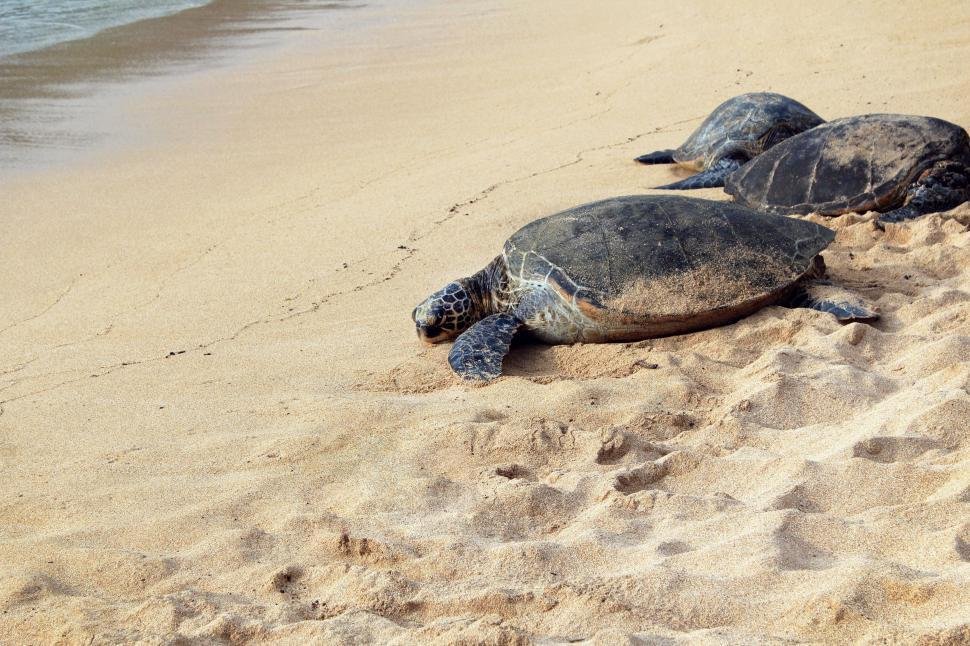Urging the EPA to Protect Endangered Species from Poisons
On February 13, 2024, DTA submitted comments regarding the EPA’s Drat Biological Evaluation, Effects Determination, and Mitigation Strategy for Federally Listed and Proposed Endangered and Threatened Species and Designated Critical Habitats (“BE”), docket number EPA-HQ-OPP-2023-0567.
The BE severely underestimates the impact of rodenticides on ESA listed species and must be revised to more realistically account for the impact on aquatic species, as well as the risks of secondary poisoning and sublethal effects.
EPA’s categorical “no effect” determination for all aquatic species disregards documented harm and reasonably foreseeable consequences.
The EPA wrongly concludes that aquatic species (freshwater and marine fish, aquatic mammals, aquatic amphibians, aquatic reptiles, and aquatic invertebrates) and species reliant on aquatic food webs are not reasonably certain to be exposed to rodenticides, on the basis that intended application sites, target species, and label requirements preclude exposure of aquatic organisms (BE 3.1.1.2). Thus, categorical NE determinations were made for all aquatic vertebrates including those under the jurisdiction of NMFS.
EPA Severely Underestimated Risks Of Sublethal Effects And Secondary Exposure.
EPA admits that secondary exposure through consumption of burrow dwelling animals is a possibility for all 11 rodenticides from all types of uses, including bait stations, but asserts that such exposure "is limited by the tendency of burrow dwelling pest species to die in their burrows rather than on the surface (BE pg. 23).” Effect determinations for listed species based on these erroneous assumptions must be revisited and revised. By diminishing risks of secondary ingestion and sublethal effects, the BE significantly underestimates the impact of rodenticides on ESA Listed Species. The BE must be revised to reflect these important considerations.
The inadequacies of EPA’s Draft BE are magnified in the context of island eradication projects considering amplified application rates and quantity of baits systematically sought for these projects.
Island Conservation projects involve smothering sensitive island ecosystems with rodenticides in a multitude of bait boxes, or by aerial broadcast application (helicopter) for “conservation” or the “protection” of seabird colonies. The efficacy and consequences of such projects are difficult to predict and subject to ongoing scientific debate, but mass animal casualties in the aftermath of these projects have been reported around the globe (Video: Brodifacoum drops on Rangitoto and Motutapu Islands, 2009).
The EPA maintains authority to approve or reject the registration of pesticides under 7 U.S. Code § 136a of the Federal Insecticide, Fungicide, and Rodenticide Act (FIFRA), which empowers the agency to regulate the contents and directions for use outlined on pesticide product labeling. Likewise, under 7 U.S. Code § 136d, the EPA possesses authority to cancel or suspend the registration of a pesticide when necessary to prevent unreasonable adverse effects on the environment. This statutory power equips the agency with the capacity to revoke authorization or halt the sale of registered pesticides found to pose harmful risks not adequately addressed through labeling requirements.
The EPA maintains final authority to approve special use rodenticide labels for island eradication projects and is not immune to ESA obligations in this context.
The Draft BE predicts that island eradication projects demanding special use rodenticide labels will be conducted on 28 island complexes in U.S. waters within the next 5-7 years (BE p. 15-16). Nonetheless, EPA chose not to include this use in its analysis, instead relying on expected APHIS ESA consultations.
One such project involves a proposed plan to disperse approximately 3,500 lbs (1.45 tons) of Brodifacoum-infused bait (rat poison) at the Farallon Islands - a globally significant and extraordinarily diverse marine ecosystem designated as both a Marine Protected Area and National Marine Sanctuary. If permitted to proceed, bioaccumulation and the death of hundreds of animals, from birds and mammals to invertebrates, is anticipated to occur even if the project goes exactly as planned. Hosting steep inclines of up to 109 meters, and a name that literally means “the cliffs,” the Farallon Islands’ geography virtually guarantees that any drop of the pellet-shaped rodenticide baits onto the island is bound to cause significant runoff into the water as these baits will simply roll down the cliffs where applied and into the water from there. As such, collateral ecosystemic consequences should be expected to occur.
Risks posed by rodenticides are expansive and well known to be playing an outsized role in perpetuating extinction. It is vital for the federal government to take a stronger stance against these products to pave the way for comprehensive change. There is overwhelming evidence that the EPA has taken the wrong approach to managing pest populations. Extensive science demonstrates that mere restrictions are not enough. Rodenticides are an obsolete tool no longer acceptable or appropriate given the triple crises of biodiversity loss, climate change, and pollution.



